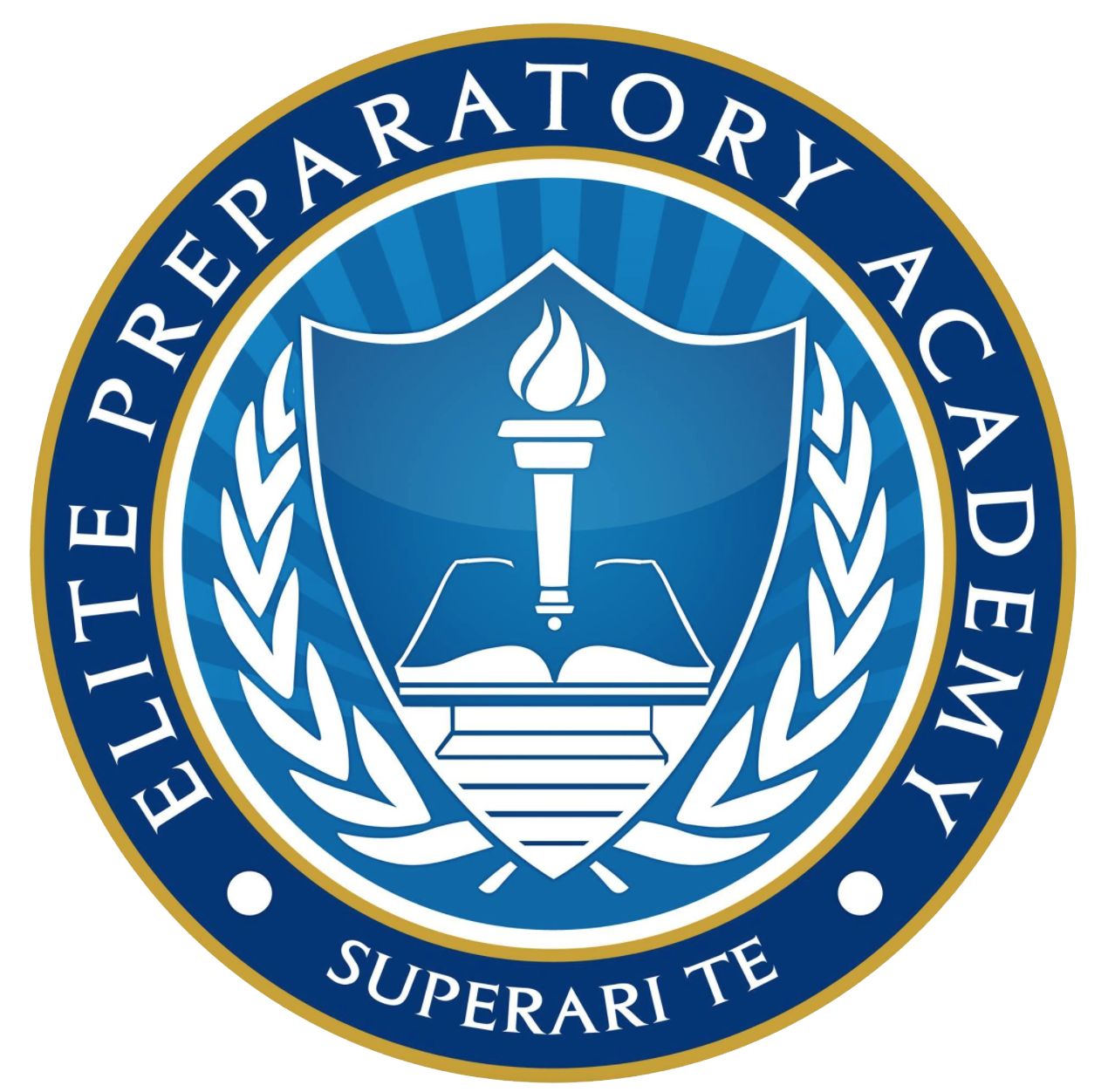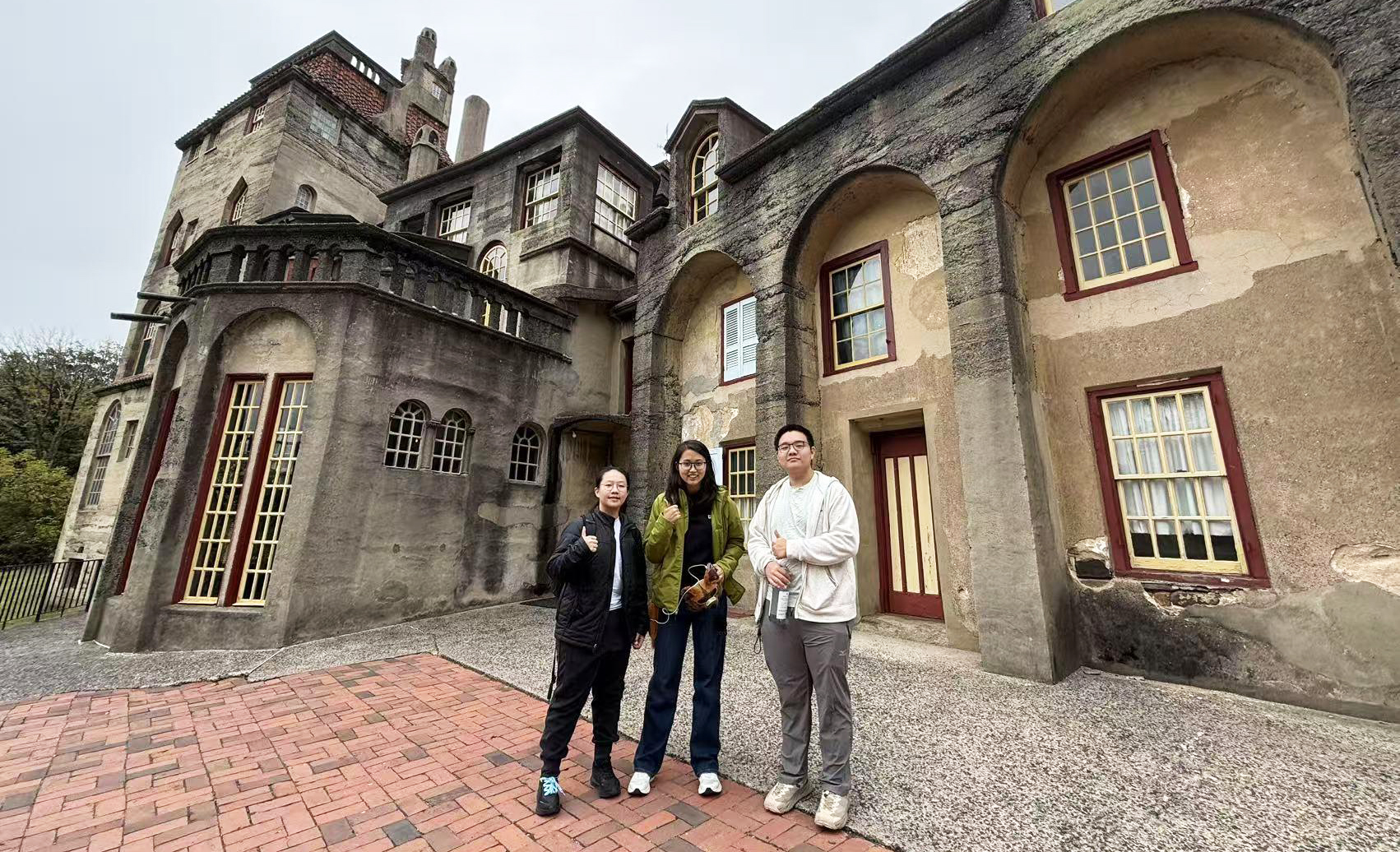October 11, 2025 — Elite Preparatory Academy (EPA).
Senior writer and Editor-in-Chief: Boge Xiao
With thanks to Ms. Reina and Ms. Duyi for the long drive and guidance, to Rex and Aiqiao for joining the journey.
The autumn light poured through the ancient windows of Fonthill Castle across handmade tiles like quiet footnotes of time.
This was not a spontaneous outing. Weeks ago, I had been tracing the story of this peculiar castle: part museum, part archive, and part dream. I hoped EPA could one day collaborate with such historical sites, bringing students closer to the living stories behind American local heritage. When I shared that wish, Ms. Reina and Ms. Duyi didn’t hesitate, then they said yes, and they showed up on Saturday morning.
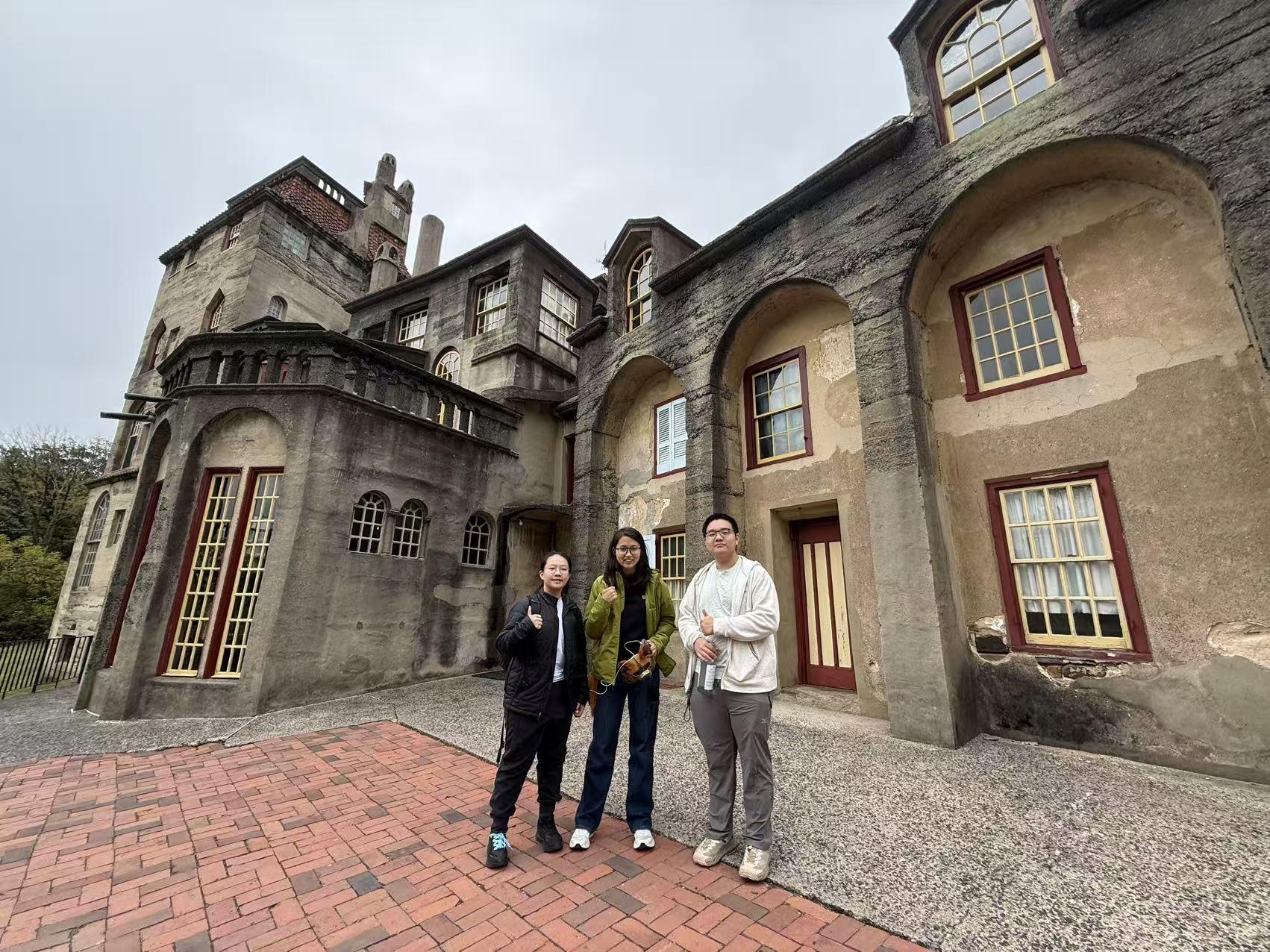
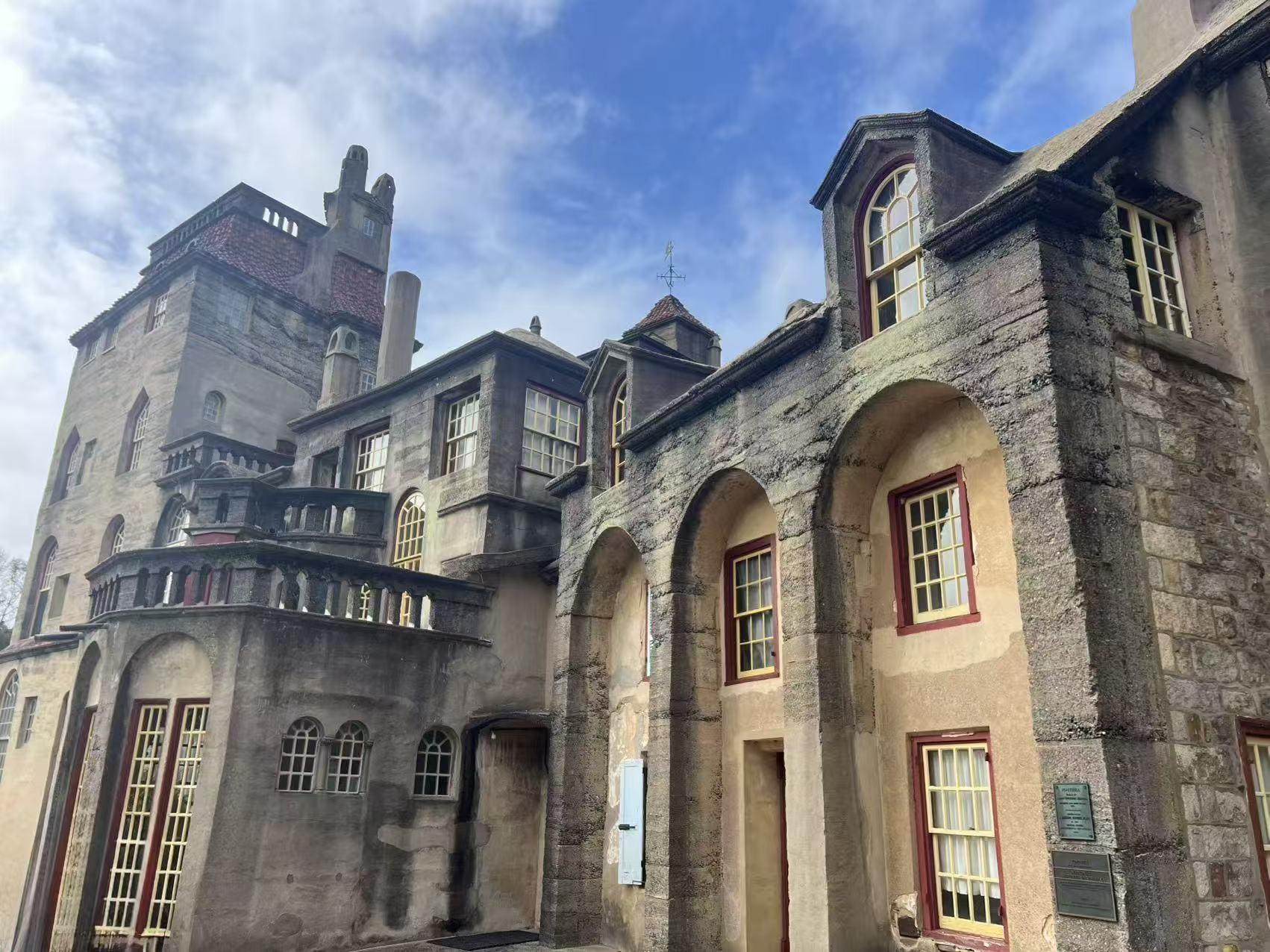
It’s an hour and a half each way, three hours round-trip, but the distance never felt heavy. Along the road, we took turns playing songs from gentle instrumentals to cheerful pop. In that moving car, devoid of a formal lecture, it appeared as though two adults had chosen to support and guide the students’ curiosity.
The rain fell gently on the greyish white castle walls when we arrived. After buying tickets, the guide was already waiting by the door, as if ready to lead us through the rooms. The first one, both a library and a living room, had a fireplace carved with the Latin phrase “PLVS VLTRA.” It means “Go further beyond.” It was once Emperor Charles V’s motto, later the emblem of explorers after Columbus reached the New World. The owner of this castle, Henry Chapman Mercer, lived by it too. An archaeologist and ceramist, he built this home not for luxury, but to let myth, labor, and art coexist. The walls were embedded with handmade tiles: tiny archives of history and imagination, fired in clay and preserved in silence.
In the seven tile panels beneath the phrase, Columbus departs, arrives, and meets, a journey completed across a fireplace. Mercer wasn’t glorifying conquest. He was rethinking what beyond means, to go beyond borders, beyond one civilization’s voice, to hear the kindness that lives in all peoples.
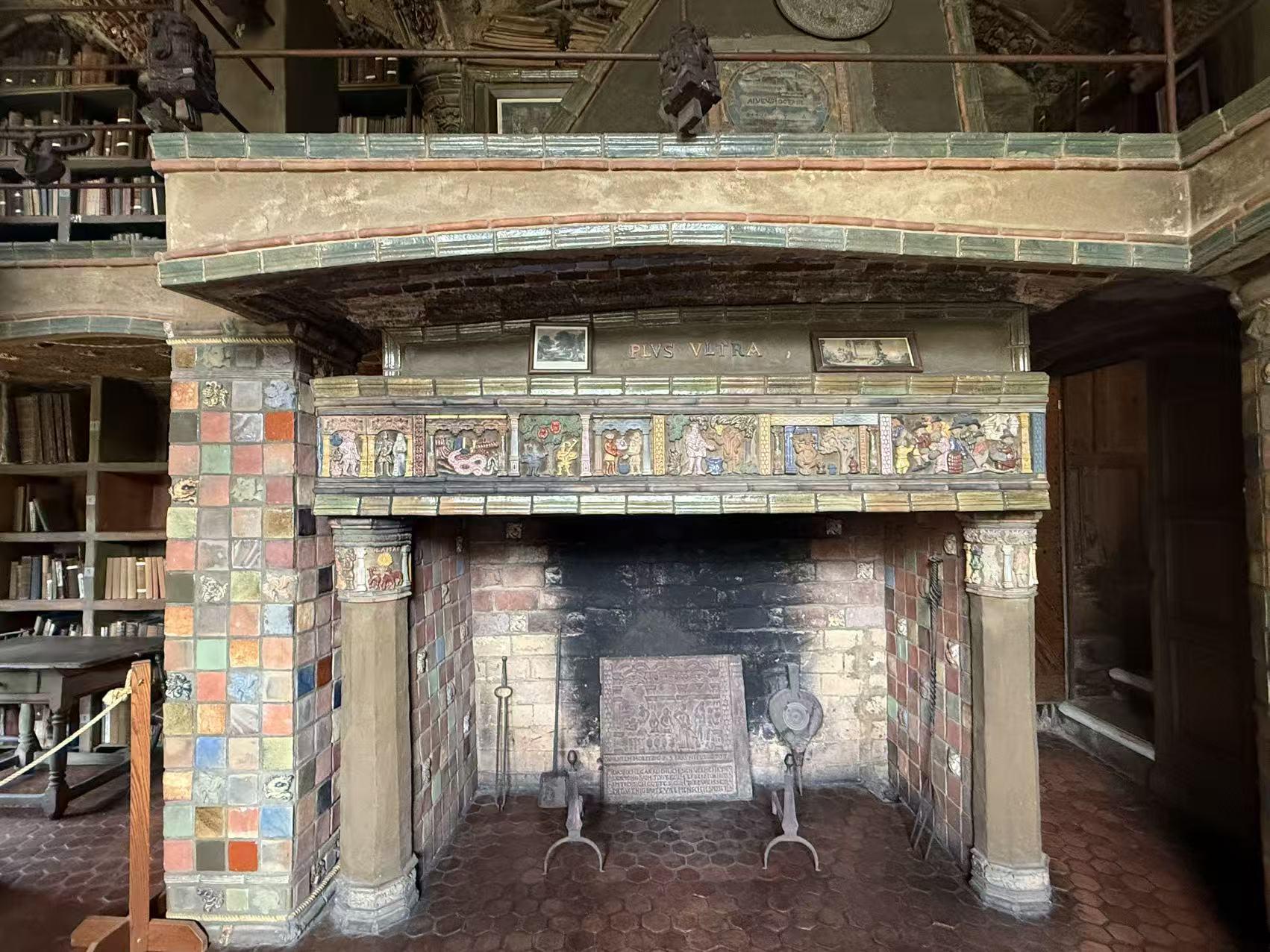
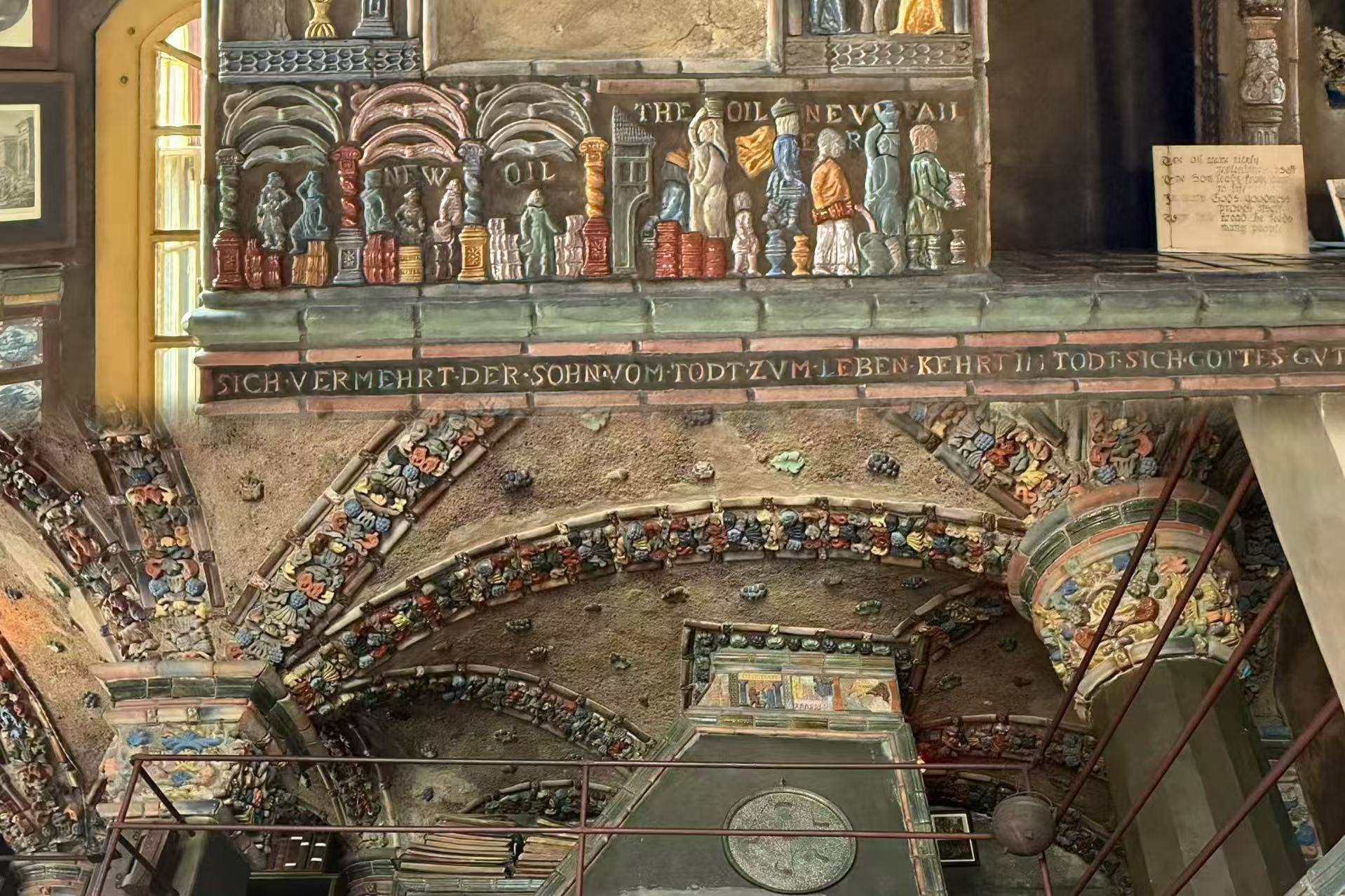
When I looked up, the vaults and ribs were studded with small fruits and faces in earth toned glazes. The guide told us Mercer honored his craftsmen and their labor. In certain places he left their names beside the tiles and ribs. It felt quiet and weighty to write their names into the work, placing the hands and the pieces side by side in time.
Above an archway to the second floor, a tile mural read October. It was created in the final year of Mercer’s life. The harvesters, ladders, fruits, and sunlight formed a complete autumn. Maybe he wasn’t painting a season but his understanding of time itself, a calm acceptance of ripeness and return. We happened to arrive here in October, as if we had made an appointment with this house, to learn its autumn of life.
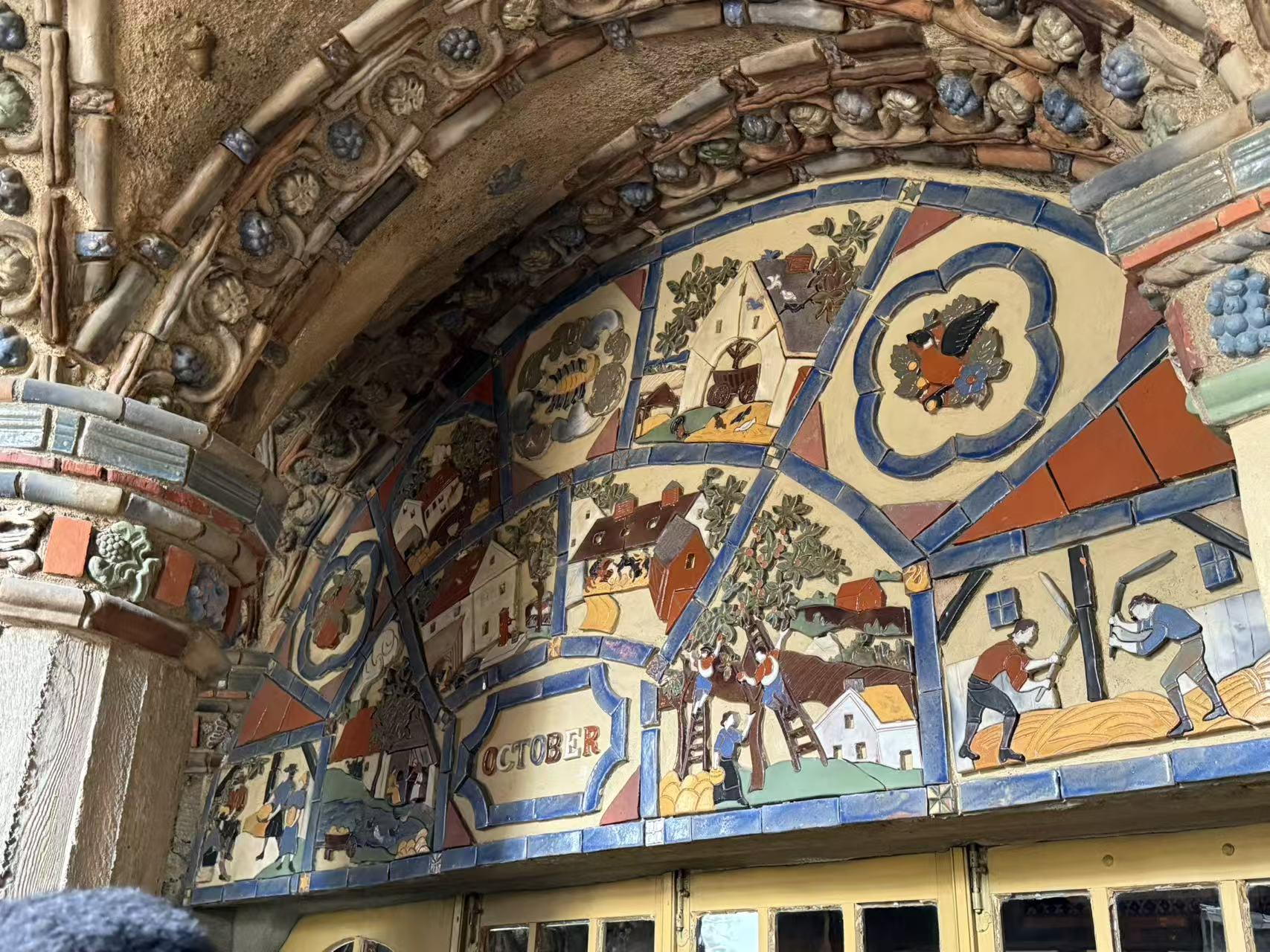
The room that struck me most was the Columbus Room. On the wall, a man lay on the ground, tended by an Indigenous figure. The guide said Mercer painted this to reflect a change in his worldview. Goodness, he realized, belongs to no single faith or nation. I was moved by that. It was humility, not pride, that made him go beyond. As we turned to the little stair I saw paw prints pressed into the stone and the words Rollo’s Stairs. Rollo was Mercer’s dog. The guide said he even kept a small room for him inside the Columbus Room and treated him like family. The way someone treats an animal tells you how he chooses to meet the world.
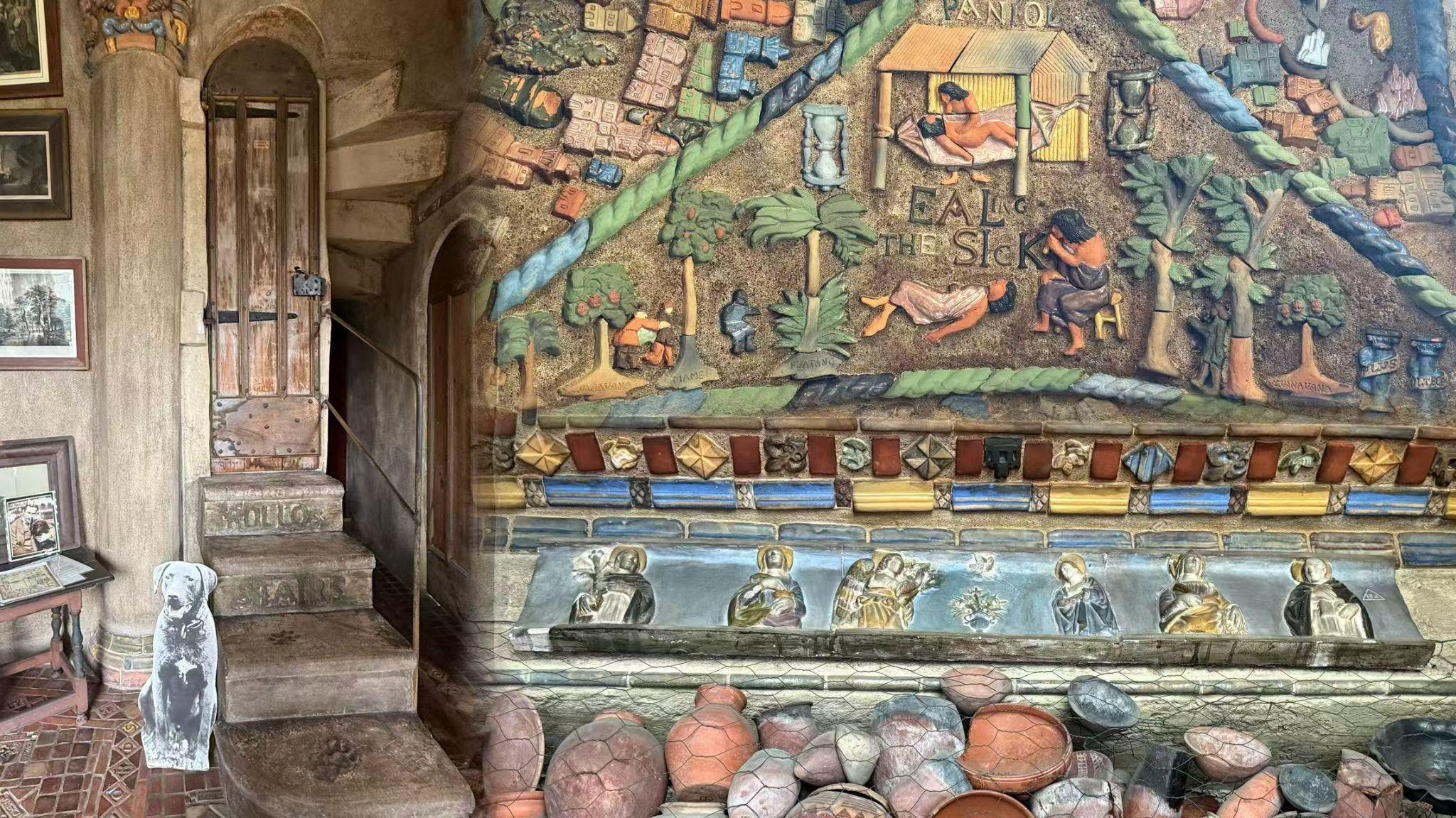
When we finished the tour and stepped into the antechamber, the guide paused and said softly, If you still remember this phrase PLVS VLTRA, it means you have already gone beyond where freedom once stood and have seen another world. Each of you fits that phrase just like the man who built this house. Thank you for coming. I felt the phrase light up again, not as a slogan of exploration but as an inward movement. To go beyond the world is also to go beyond oneself.
The Mercer Museum was temporarily closed that day. I didn’t take that as an ending but an invitation: some chapters must be returned to. I’ll be back because unfinished journeys make better readers of the world. My next step may be to bring more students here, to make Fonthill’s story part of EPA’s classroom, to connect the world beyond our campus with what we learn within, so that history can be touched and understood again through our hands.
Words from Ms. Duyi:
I was truly touched by the meaning behind the phrase “PLVS VLTRA.” Placing it in the library feels so symbolic, which is that books really do help us “go beyond.”
What also stood out to me was the castle owner’s warmth and genuine kindness toward everyone around him. The story about Rollo’s paw prints left on the steps was so touching. It happened by accident when the cement was still wet and little Rollo ran across it. While the workers worried Mercer would be upset and offered to fix it, he instead saw it as something meaningful and even gave the dog his own room. I was also deeply moved that he had the names of everyone who worked for him printed on the tiles somewhere in the castle, such a beautiful gesture.
My favorite part, though, was the Yellow Room. The design was so thoughtful and full of intention. Knowing that the door could only be unlocked from the inside by the women was a profound sign of respect. Also, it is something truly rare for that time. It made me feel not just welcomed, but deeply respected.

